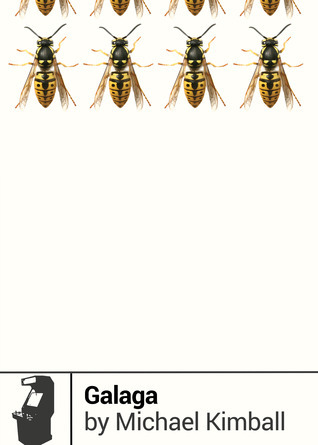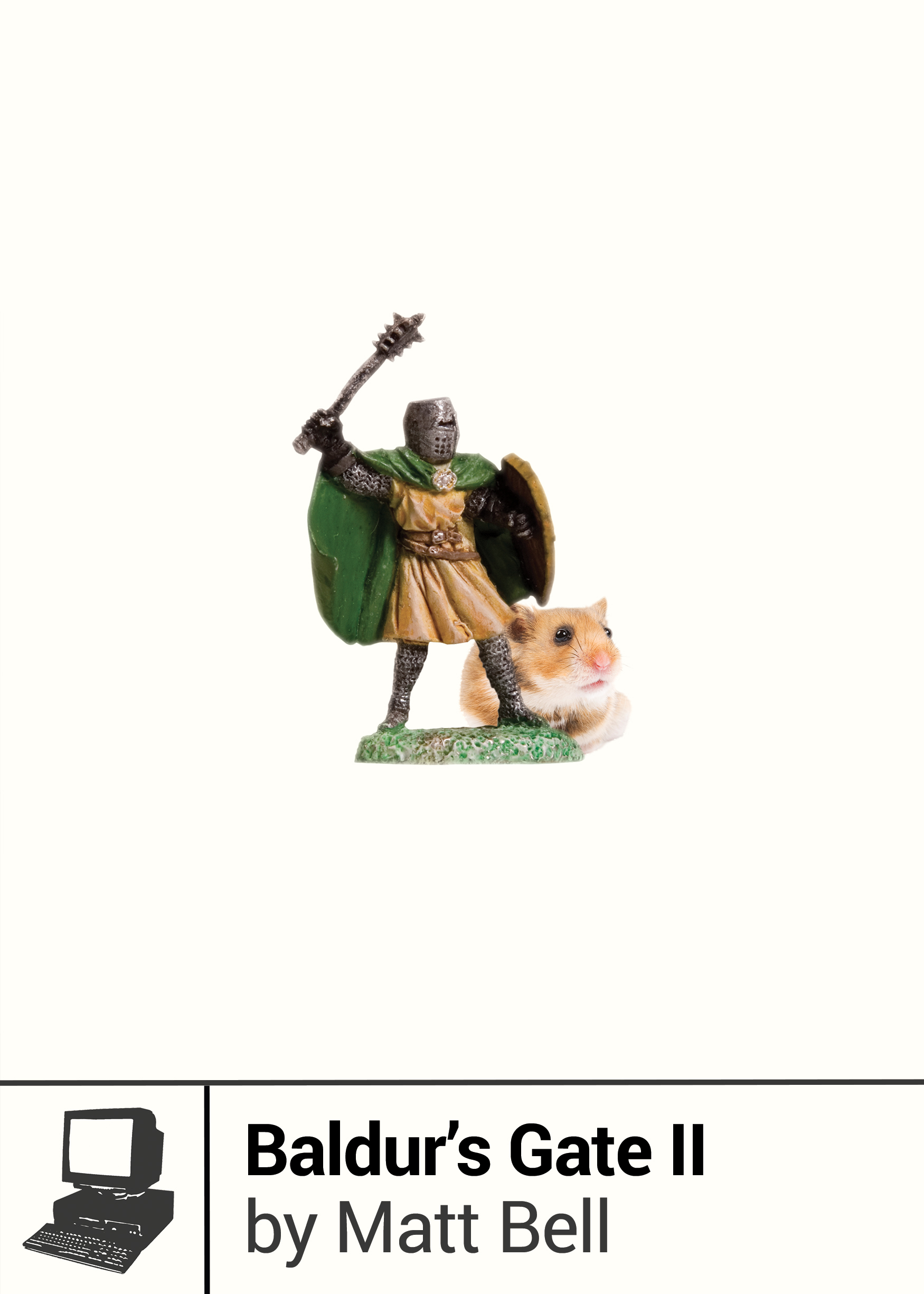


Books in series

EarthBound
2014

Chrono Trigger
2014

ZZT
2014

Galaga
2014

Jagged Alliance 2
2014

Super Mario Bros. 2
2014

Bible Adventures
2015

Baldur's Gate II
2015

Metal Gear Solid
2015

Shadow of the Colossus
2015

Spelunky
2015

World of Warcraft
2016

Super Mario Bros. 3
2016

Mega Man 3
2016

Soft & Cuddly
2017

Kingdom Hearts II
2017

Katamari Damacy
2017

Final Fantasy V
2017

Shovel Knight
2018

Star Wars
Knights of the Old Republic
2019

NBA Jam
2019

Pilgrim in the Microworld
1983

Postal
2020

Red Dead Redemption
2020

Resident Evil
2020

The Legend of Zelda
2020

Silent Hill 2
2021

Final Fantasy VI
2021

GoldenEye 007
2022

PaRappa the Rapper
2023

Minesweeper
2023

Animal Crossing
2024

EverQuest
2024

Untitled Goose Game (35)
2025

Dance Dance Revolution
2025
Authors

David L. Craddock lives with his wife in Ohio. He is the bestselling author of Stay Awhile and Listen : How Two Blizzards Unleashed Diablo and Forged a Video-Game Empire - Book I, and Heritage : Book One of the Gairden Chronicles, an epic fantasy series for young adults. Please follow along with him on his website/blog at DavidLCraddock.com .

Gabe Durham is the author of a novel, FUN CAMP, and a book about 90s Christian Nintendo games, BIBLE ADVENTURES. He is the editor of Boss Fight Books. He lives in Los Angeles. http://www.bossfightbooks.com

Michael Kimball's third novel, DEAR EVERYBODY, will be published in the UK, US, and Canada this year. His first two novels, THE WAY THE FAMILY GOT AWAY (2000) and HOW MUCH OF US THERE WAS (2005), have both been translated into many languages. He is also responsible for the art project Michael Kimball Writes Your Life Story (on a postcard) and the documentary film, I Will Smash You.

Salvatore Pane was born and raised in Scranton, Pennsylvania. He is the author of two novels, Last Call in the City of Bridges and The Theory of Almost Everything, in addition to a nonfiction book about video games, Mega Man 3, published by Boss Fight Books. He is currently co-writing a textbook about writing video games for Bloomsbury with Julialicia Case and Eric Freeze. He was awarded the 2022 Autumn House Fiction Prize, and his winning short story collection, The Neorealist in Winter: Stories, is forthcoming in October 2023. He is the writer/narrative designer of RetroMania Wrestling on Steam, PlayStation, Nintendo Switch, and Xbox and has written and designed many other video games. He served as a Freelance Localization Editor for NIS America on Trails to Azure and is currently an Associate Professor at the University of St. Thomas where he teaches creative writing, video games, and Italian film. He lives with his wife and Martin Scorsese the Cat in St. Paul and can be reached via Twitter. His short fiction has been nominated or shortlisted for the Pushcart Prize, Best of the Web, Best of the Net, and Wigleaf’s Top 50 [Very] Short Fictions. He won the Turow-Kinder Award in Fiction judged by Stewart O’ Nan, and his work has appeared in Prairie Schooner, Indiana Review, Story Magazine, American Short Fiction, Paste, Kotaku, BOMB, The Rumpus, The American Book Review, and many other venues. He is the co-creator of the graphic novel, The Black List, and co-hosts The Jabsteps, a podcast about the NBA. His video games have been exhibited at WordPlay and BAR SK, and he has presented his work in Italy, Iceland, and elsewhere internationally. Visit his LinkedIn or get in touch at salpane@gmail.com. His work is represented by Andrianna deLone at CAA.








